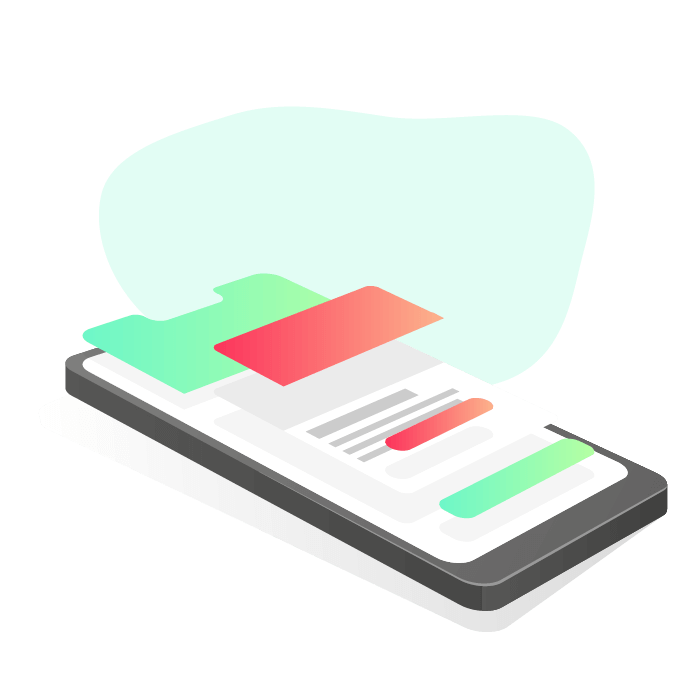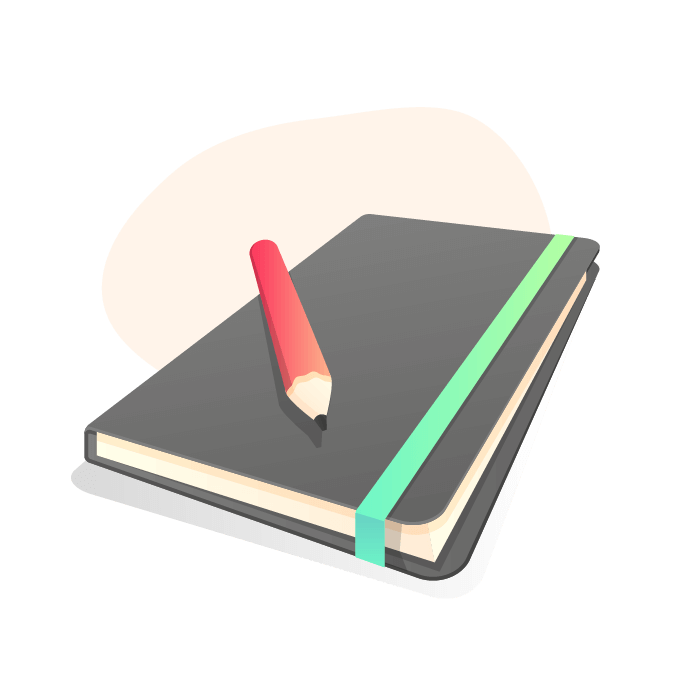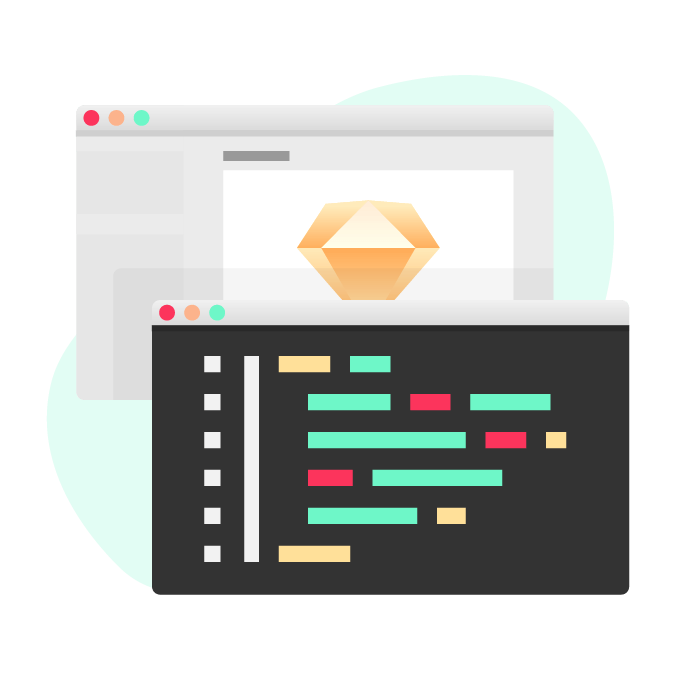A hollistic view on Design
A good process is not only defined by using the right tools, but by building a culture where the whole team owns a product and is collaborating towards a common goal.

Defining a Workflow
Defining a Workflow
Design can be a chaotic and non-linear process. Working in a creative team, especially for digital projects, requires a structured workflow to reduce design debt and conflict. Tools like Figma enable designers to collaborate, share, and self-manage easily. Project management tools like Trello, Jira, and Slack integrate designers into the process without losing design time.

Form follows function
This is especially true for digital projects. Good digital products result from extensive research, iterating, wireframing, and rapid prototyping before design begins. Defining a common understanding helps the team build a coherent product and align goals with team members and stakeholders. A strong conceptual base ensures the end product is fully functional, with all design decisions grounded in solid research and user-centric thinking.

Systematic Design
A Design System is a collection of reusable components with clear standards, enabling the creation of various applications. This systematic approach streamlines workflows, allowing designers to focus on creativity. It transcends platforms and devices, remaining infinitely scalable. A Design System is a collaborative, living library owned by the entire team. It reduces design debt, ensures consistency, and interconnects all components and styles.

Telling a story
Often seen as a nice-to-have, illustrations and UX Copywriting convey stories and articulate abstract ideas in a relatable way. They capture a brand's identity, delivering values and tonality through a visual, human touchpoint. Illustrations guide users, enhance usability, and immerse them in the product, turning even error messages into engaging interactions.

Iterating and Reimagining
Testing and prototyping throughout the creation process ensures alignment with product goals. This approach prevents issues before they arise, aligns the team's vision with user needs, and empirically supports design and concept decisions.

Handing over the design
Handing over design to development is often seen as a creative bottleneck. Collaborating with developers throughout a project prevents confusion and frustration. Using the right tools ensures creatives can hand over designs effectively, allowing developers to work efficiently while maintaining design control of the final product.